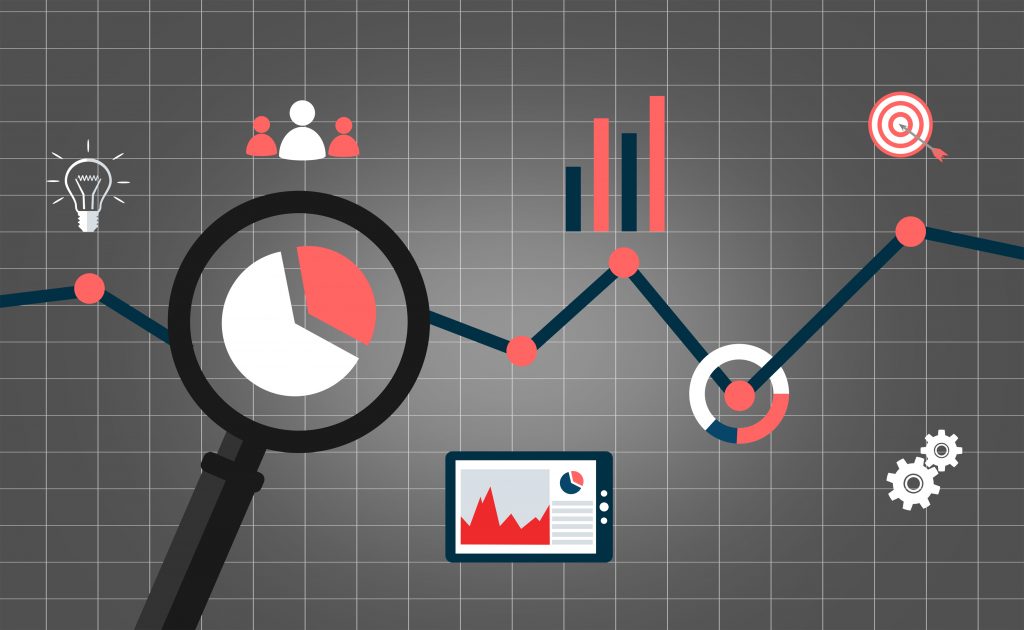Introduction:
In this article, we will learn all the important statistical concepts which are required for Data Science roles.
Table of Contents:
- Difference between Parameter and Statistic
- Statistics and its types
- Data Types and Measurement levels
- Moments of Business Decision
- Central Limit Theorem (CLT)
- Probability Distributions
- Graphical representations
- Hypothesis Testing
1. Difference between Parameter and Statistic
In our day in day out, we keep speaking about the Population and sample. So, it is very important to know the terminology to represent the population and the sample.
A parameter is a number that describes the data from the population. And, a statistic is a number that describes the data from a sample.
2. Statistics and its types
The Wikipedia definition of Statistics states that “it is a discipline that concerns the collection, organization, analysis, interpretation, and presentation of data.”
It means, as part of statistical analysis, we collect, organize, and draw meaningful insights from the data either through visualizations or mathematical explanations.
Statistics is broadly categorized into two types:
- Descriptive Statistics
- Inferential Statistics
Descriptive Statistics:
As the name suggests in Descriptive statistics, we describe the data using the Mean, Standard deviation, Charts, or Probability distributions.
Basically, as part of descriptive Statistics, we measure the following:
- Frequency: no. of times a data point occurs
- Central tendency: the centrality of the data – mean, median, and mode
- Dispersion: the spread of the data – range, variance, and standard deviation
- The measure of position: percentiles and quantile ranks
Inferential Statistics:
In Inferential statistics, we estimate the population parameters. Or we run Hypothesis testing to assess the assumptions made about the population parameters.
In simple terms, we interpret the meaning of the descriptive statistics by inferring them to the population.
For example, we are conducting a survey on the number of two-wheelers in a city. Assume the city has a total population of 5L people. So, we take a sample of 1000 people as it is impossible to run an analysis on entire population data.
From the survey conducted, it is found that 800 people out of 1000 (800 out of 1000 is 80%) are two-wheelers. So, we can infer these results to the population and conclude that 4L people out of the 5L population are two-wheelers.
3. Data Types and Level of Measurement
At a higher level, data is categorized into two types: Qualitative and Quantitative.
Qualitative data is non-numerical. Some of the examples are eye colour, car brand, city, etc.
On the other hand, Quantitative data is numerical, and it is again divided into Continuous and Discrete data.
Continuous data: It can be represented in decimal format. Examples are height, weight, time, distance, etc.
Discrete data: It cannot be represented in decimal format. Examples are the number of laptops, number of students in a class.
Discrete data is again divided into Categorical and Count Data.
Categorical data: represent the type of data that can be divided into groups. Examples are age, sex, etc.
Count data: This data contains non-negative integers. Example: number of children a couple has.

Level of Measurement
In statistics, the level of measurement is a classification that describes the relationship between the values of a variable.
We have four fundamental levels of measurement. They are:
- Nominal Scale
- Ordinal Scale
- Interval Scale
- Ratio Scale
1. Nominal Scale: This scale contains the least information since the data have names/labels only. It can be used for classification. We cannot perform mathematical operations on nominal data because there is no numerical value to the options (numbers associated with the names can only be used as tags).
Example: Which country do you belong to? India, Japan, Korea.
2. Ordinal Scale: In comparison to the nominal scale, the ordinal scale has more information because along with the labels, it has order/direction.
Example: Income level – High income, medium income, low income.
3. Interval Scale: It is a numerical scale. The Interval scale has more information than the nominal, ordinal scales. Along with the order, we know the difference between the two variables (interval indicates the distance between two entities).
Mean, median, and mode can be used to describe the data.
Example: Temperature, income, etc.
4. Ratio Scale: The ratio scale has the most information about the data. Unlike the other three scales, the ratio scale can accommodate a true zero point. The ratio scale is simply said to be the combination of Nominal, Ordinal, and Intercal scales.
Example: Current weight, height, etc.
4. Moments of Business Decision
We have four moments of business decision that help us understand the data.
4.1. Measures of Central tendency
(It is also known as First Moment Business Decision)
Talks about the centrality of the data. To keep it simple, it is a part of descriptive statistical analysis where a single value at the centre represents the entire dataset.
The central tendency of a dataset can be measured using:
Mean: It is the sum of all the data points divided by the total number of values in the data set. Mean cannot always be relied upon because it is influenced by outliers.
Median: It is the middlemost value of a sorted/ordered dataset. If the size of the dataset is even, then the median is calculated by taking the average of the two middle values.
Mode: It is the most repeated value in the dataset. Data with a single mode is called unimodal, data with two modes is called bimodal, and data with more than two modes is called multimodal.
4.2. Measures of Dispersion
(It is also known as Second Moment Business Decision)
Talks about the spread of data from its centre.
Dispersion can be measured using:
Variance: It is the average squared distance of all the data points from their mean. The problem with Variance is, the units will also get squared.
Standard Deviation: It is the square root of Variance. Helps in retrieving the original units.
Range: It is the difference between the maximum and the minimum values of a dataset.
Measure |
Population |
Sample |
| Mean | µ = (Σ Xi)/N | x̄ = (Σ xi)/n |
| Median | The middle value of the data | The middle value of the data |
| Mode | Most occurred value | Most occurred value |
| Variance | σ2 = (Σ Xi – µ)2/N | s2 = (Σ xi – x̄ )2/ (n-1) |
| Standard Deviation | σ = sqrt((Σ Xi – µ)2/N) | s = sqrt((Σ xi – x̄ )2/ (n-1)) |
| Range | Max-Min | Max-Min |
4.3. Skewness
(It is also known as Third Moment Business Decision)
It measures the asymmetry in the data. The two types of Skewness are:
Positive/right-skewed: Data is said to be positively skewed if most of the data is concentrated to the left side and has a tail towards the right.
Negative/left-skewed: Data is said to be negatively skewed if most of the data is concentrated to the right side and has a tail towards the left.
The formula of Skewness is E [(X – µ)/ σ ]) 3 = Z3

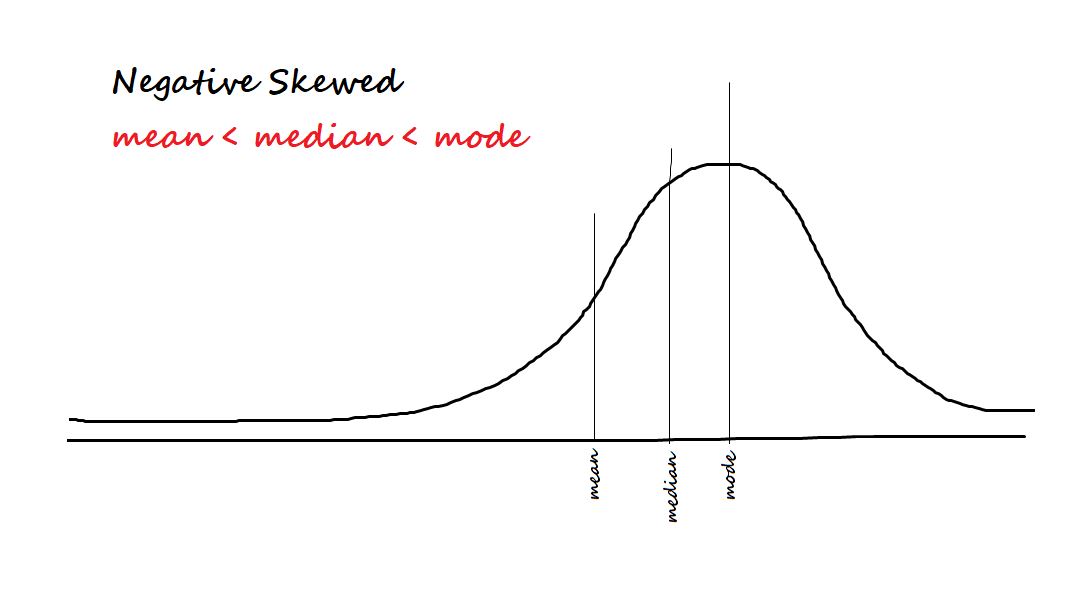
4.4. Kurtosis
(It is also known as Fourth Moment Business Decision)
Talks about the central peakedness or fatness of tails. The three types of Kurtosis are:
Positive/leptokurtic: Has sharp peaks and lighter tails
Negative/Platokurtic: Has wide peaks and thicker tails
MesoKurtic: Normal distribution
The formula of Kurtosis is E [(X – µ)/ σ ]) 4-3 = Z4– 3
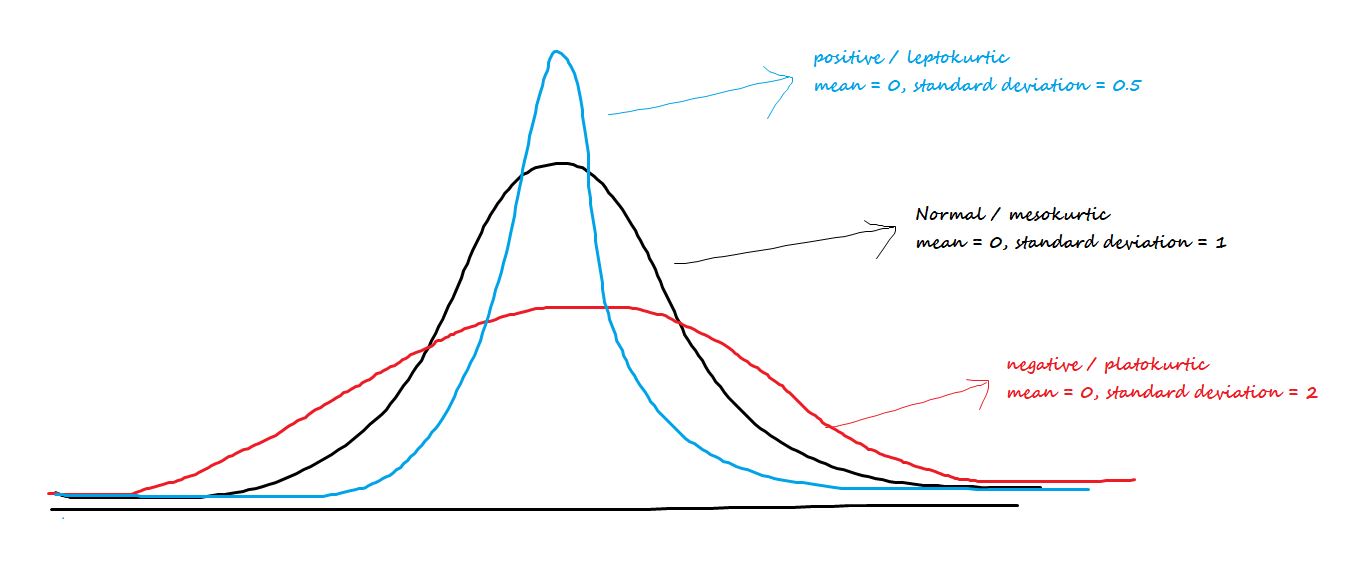
Together, Skewness and Kurtosis are called Shape Statistics.
5. Central Limit Theorem (CLT)
Instead of analyzing entire population data, we always take out a sample for analysis. The problem with sampling is that “sample means is a random variable – varies for different samples”. And random sample we draw can never be an exact representation of the population. This phenomenon is called sample variation.
To nullify the sample variation, we use the central limit theorem. And according to the Central Limit Theorem:
1. The distribution of sample means follows a normal distribution if the population is normal.
2. the distribution of sample means follows a normal distribution even though the population is not normal. But the sample size should be large enough.
3. The grand average of all the sample mean values give us the population mean.
4. Theoretically, the sample size should be 30. And practically, the condition on the sample size (n) is:
n > 10(k3)2, where k3 is the sample skewness.
n > 10(k4), where K4 is the sample Kurtosis.
6. Probability distributions
In statistical terms, a distribution function is a mathematical expression that describes the probability of different possible outcomes for an experiment.
Please read this article of mine about different types of Probability distributions.
7. Graphical representations
Graphical representation refers to the use of charts or graphs to visualize, analyze and interpret numerical data.
For a single variable (Univariate analysis), we have a bar plot, line plot, frequency plot, dot plot, boxplot, and the Normal Q-Q plot.
We will be discussing the Boxplot and the Normal Q-Q plot.
7.1. Boxplot
A boxplot is a way of visualizing the distribution of data based on a five-number summary. It is used to identify the outliers in the data.
The five numbers are minimum, first Quartile (Q1), median (Q2), third Quartile (Q3), and maximum.
The box region will contain 50% of the data. The lower 25% of the data region is called the Lower whisker and the upper 25% of the data region is called the Upper Whisker.
The Interquartile region (IQR) is the difference between the third and first quartiles. IQR = Q3 – Q1.
Outliers are the data points that lie below the lower whisker and beyond the upper whisker.
The formula to find the outliers is Outlier = Q ± 1.5*(IQR)
The outliers that lie below the lower whisker are given as Q1 – 1.5 * (IQR)
The outliers that lie beyond the upper whisker are given as Q3 + 1.5 * (IQR)
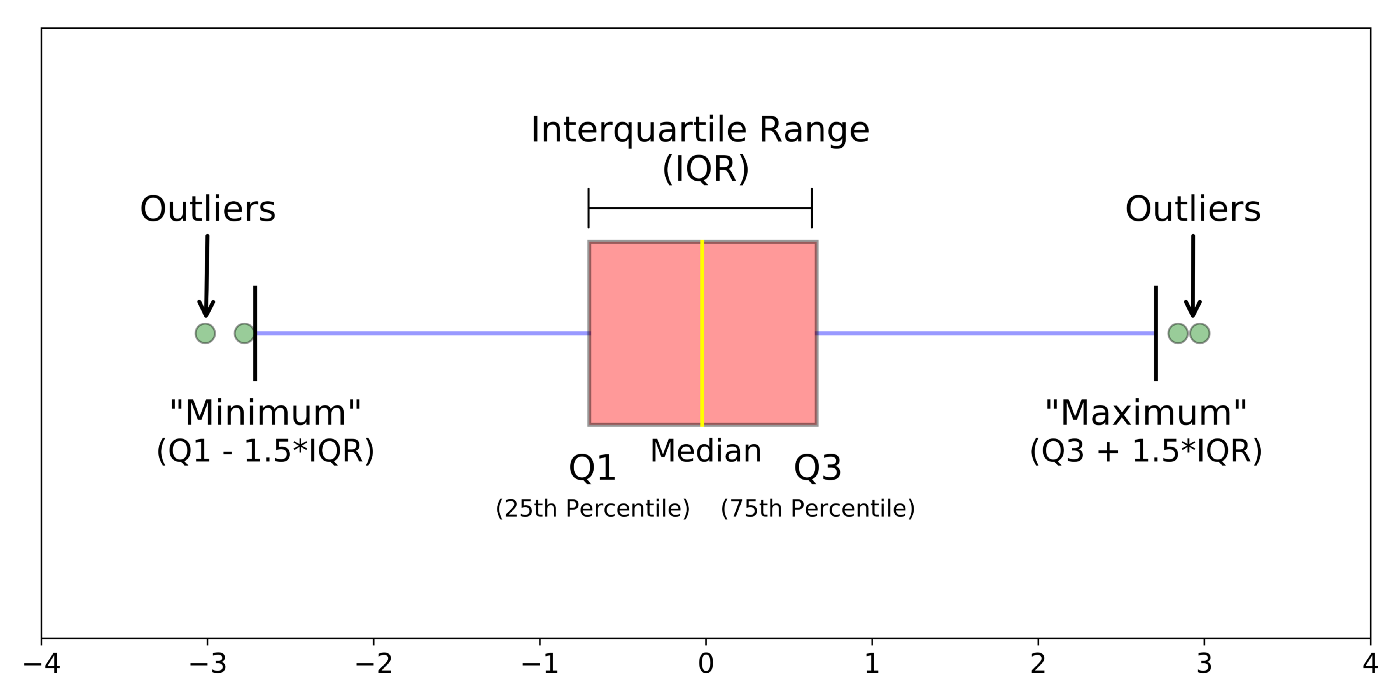
Check out my article on detecting outliers using a boxplot.
7.2. Normal Q-Q plot
A Normal Q-Q plot is a kind of scatter plot that is plotted by creating two sets of quantiles. It is used to check if the data is following normality or not.
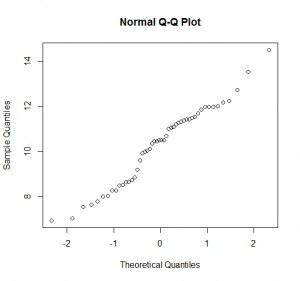
On the x-axis, we have the Z-scores and on the y-axis, we have the actual sample quantiles. If the scatter plot forms a straight line, data is said to be normal.
8. Hypothesis Testing
Hypothesis testing in statistics is a way to test the assumptions made on the population parameters.
Check my article on Hypothesis Testing to read it in detail.
End Notes:
Thank you for reading till the conclusion. By the end of this article, we are familiar with the important statistical concepts.
I hope this article is informative. Feel free to share it with your study buddies.
Other Blog Posts by me
Feel free to check out my other blog posts from my Analytics Vidhya Profile.
You can find me on LinkedIn, Twitter in case you would want to connect. I would be glad to connect with you.
For immediate exchange of thoughts, please write to me at [email protected].




